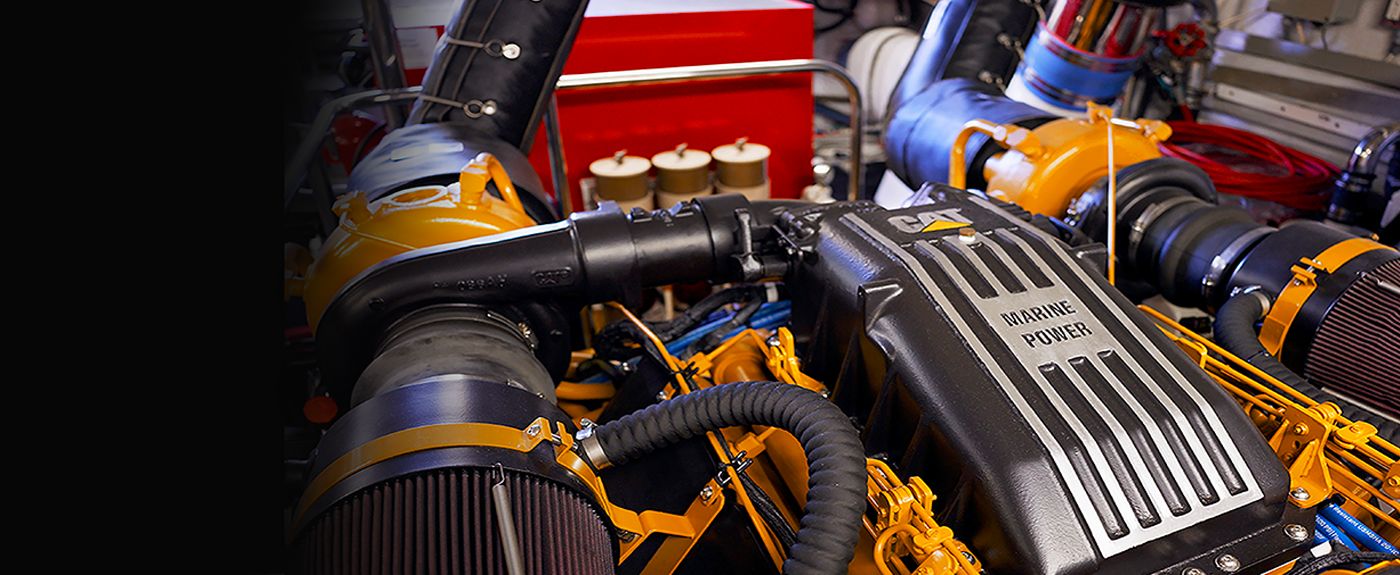Discover Top-Quality Engines for Africa at Our Trustworthy Car Components Store
Discover Top-Quality Engines for Africa at Our Trustworthy Car Components Store
Blog Article
The Quest for Ultimate Driving Power: Exploring the Pinnacle of Engine Performance and Technological Developments in the Automotive Sector
In the realm of auto design, the search of maximum driving power has actually been a ruthless mission that has unravelled with the evolution of engine style and the integration of cutting-edge technologies. From the thorough craftsmanship of burning engines to the fast advancements in electrical propulsion systems, the automotive field stands at the cusp of a brand-new period identified by extraordinary efficiency capabilities. As designers and researchers delve deeper into the realms of computational liquid dynamics and check out ingenious gas technologies, the horizon of possibilities broadens exponentially. Keep tuned as we unravel the detailed tapestry of technical breakthroughs that are forming the future of automotive power and performance.
Evolution of Engine Style

Moreover, the integration of turbocharging and turbo charging innovations has actually revolutionized engine layout by boosting power without significantly enhancing engine size. These forced induction systems press the intake air, permitting even more fuel to be combusted, consequently creating better power output from a smaller sized engine. This development has actually been specifically vital in improving the performance of smaller variation engines while maintaining gas efficiency requirements.

Performance-Enhancing Fuel Technologies
The application of advanced gas innovations has substantially contributed to improving engine performance in contemporary automobiles. Biofuels, obtained from renewable resources like algae, corn, or sugarcane, deal improved and minimized discharges engine effectiveness. Furthermore, fuel ingredients and detergents are being created to clean engine components, enhance burning, and lower rubbing, thereby enhancing total car efficiency.
Innovations in Electric Propulsion
Substantial strides in electrical propulsion modern technology have changed the vehicle sector, leading the way for a new era of effective and lasting transportation. Electric vehicles (EVs) are obtaining popularity due to their environmental benefits and developments in battery technology, enabling longer driving arrays and shorter charging times. Producers are spending heavily in study and growth to boost the performance of electrical propulsion systems, concentrating on enhancing power output, improving energy effectiveness, and minimizing overall weight.
One noteworthy breakthrough in electrical propulsion is the advancement of innovative electric motors that supply higher torque and power thickness, causing improved velocity and total driving efficiency. In addition, regenerative stopping systems have actually been refined Discover More to save and catch energy during deceleration, more improving the effectiveness of EVs.
In addition, the combination of smart innovations, such as expert system and predictive analytics, is enhancing the monitoring of electric propulsion systems, ensuring optimal performance under various driving problems. These advancements in electrical propulsion are reshaping the auto landscape, driving the market towards a much more lasting and electrified future.
Influence of Computational Liquid Dynamics
With improvements in electric propulsion pressing the borders of automotive innovation, the assimilation of Computational Liquid Characteristics is playing an essential function in optimizing wind resistant performance and enhancing general effectiveness in vehicle style. Computational Fluid Dynamics (CFD) involves making use of computer system simulations to assess the circulation of air around a car, enabling engineers to forecast how design changes will certainly influence aerodynamics without the demand for costly physical prototypes. By properly modeling air movement patterns, CFD permits the improvement of automobile shapes to minimize drag, enhance air conditioning, and improve stability.
CFD allows engineers to maximize airflow around components such as radiators, engine bays, and wheel wells, contributing to improved efficiency and general driving experience. In conclusion, the integration of Computational Liquid Dynamics stands for a significant action forward in the pursuit for best driving power and effectiveness in the vehicle market.
Future Patterns in Engine Innovation
In the dynamic landscape of vehicle engineering, advanced innovations are shaping the future trajectory of engine development. The future of engine design is noted by a strong focus on efficiency, performance, and sustainability. Makers are progressively focusing on creating engines that not just deliver high power outputs yet likewise prioritize environmental duty why not try here by improving and lowering discharges gas performance.
One prominent pattern in engine development is the surge of electrification. Hybrid and electric powertrains are obtaining traction as practical options to conventional combustion engines. These technologies offer the possibility for substantial reductions in carbon discharges and raised power effectiveness, straightening with global initiatives to deal with environment modification.
Moreover, developments in materials scientific research and manufacturing strategies are making it possible for the manufacturing of lighter and a lot more long lasting engine parts. This shift towards lightweight products such as carbon fiber and light weight aluminum alloys adds to enhanced performance and fuel economic situation.
Conclusion
To conclude, the pursuit of supreme useful source driving power in the automobile field proceeds to drive improvements in engine layout, gas technologies, electrical propulsion, and computational fluid characteristics. The evolution of these modern technologies is shaping the future of engine innovation, leading the way for more efficient and effective automobiles (engines for africa). As the industry remains to press the boundaries of what is feasible, we can anticipate to see much more cutting-edge developments in the pursuit for peak efficiency
One of the vital landmarks in engine design evolution is the change from standard carbureted engines to contemporary fuel-injected systems. By exactly metering the gas shipment to each cyndrical tube, fuel-injected engines optimize combustion, resulting in better efficiency and reduced ecological impact.
In addition, the combination of turbocharging and turbo charging technologies has reinvented engine design by improving power without dramatically enhancing engine size (engines for africa).The execution of advanced fuel innovations has actually dramatically contributed to improving engine performance in contemporary cars. Furthermore, fuel ingredients and cleaning agents are being developed to tidy engine parts, enhance combustion, and reduce friction, thereby increasing total vehicle performance
Report this page